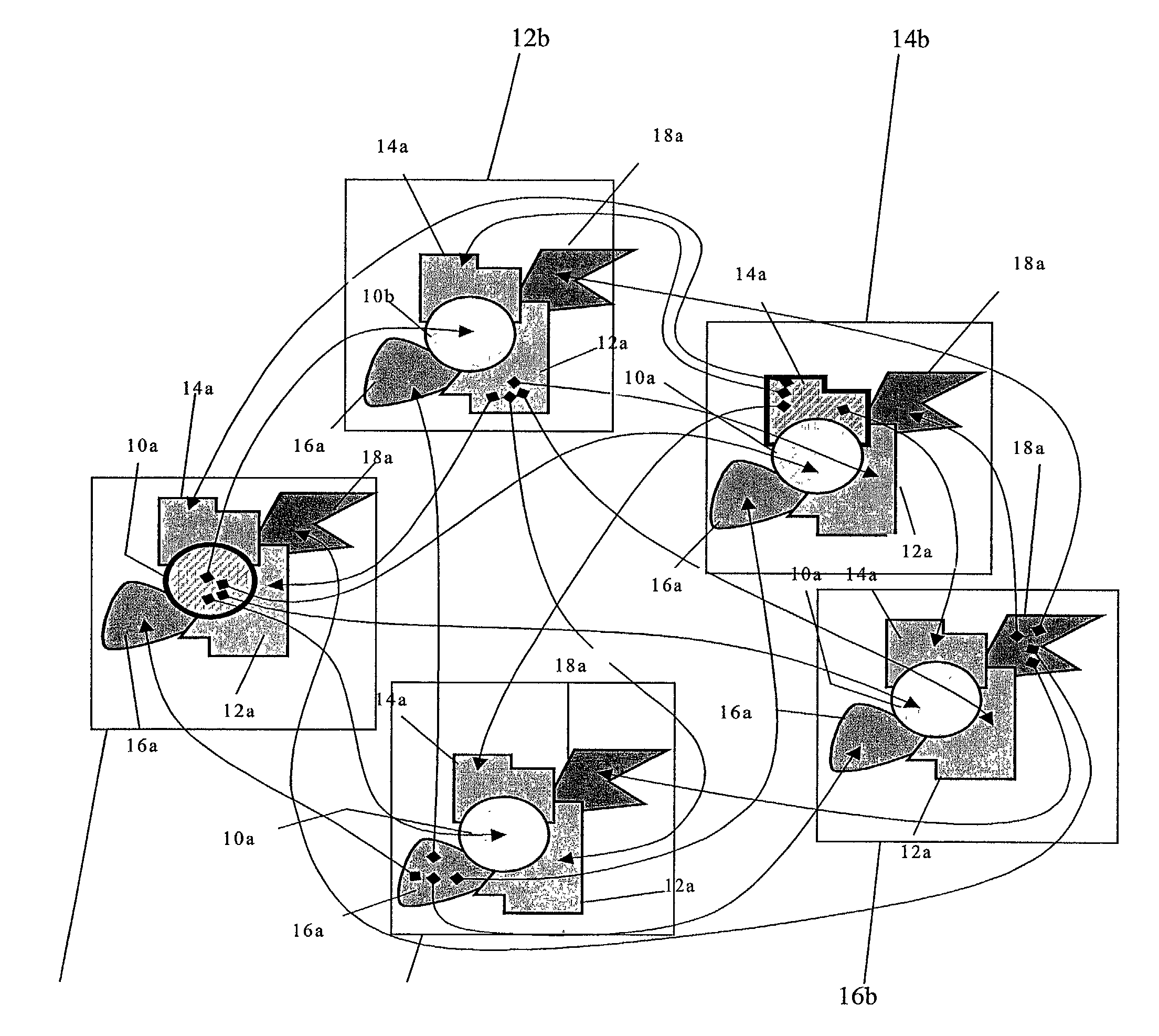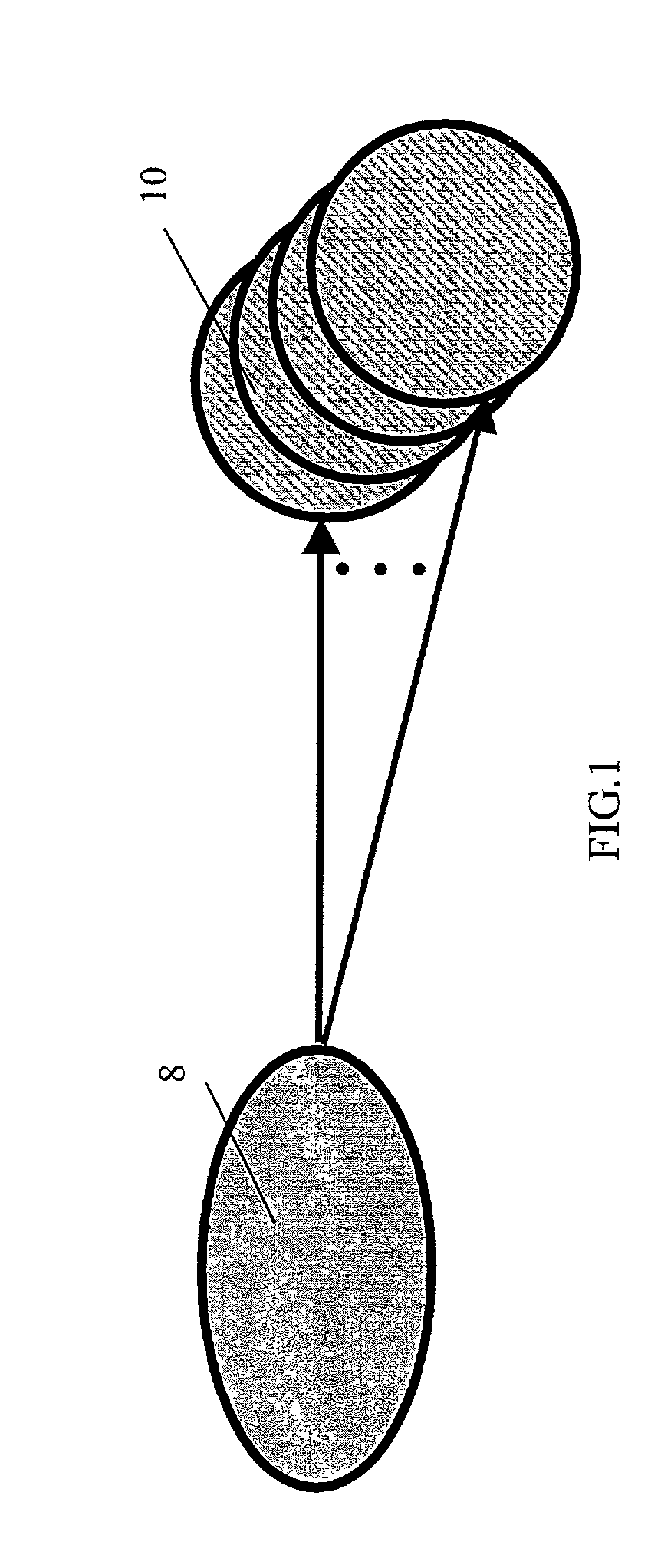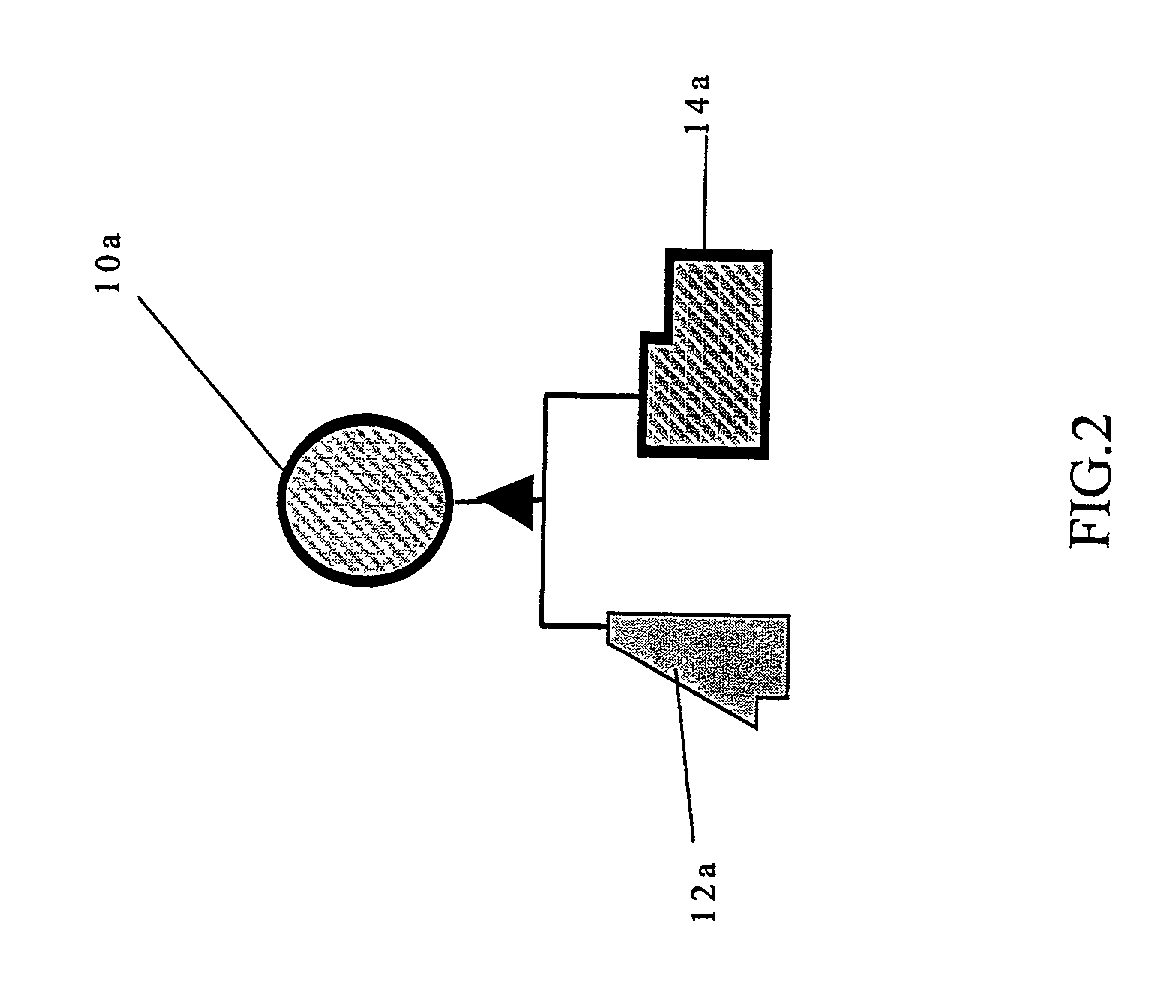Method and system for producing an ordered compilation of information with more than one author contributing information contemporaneously
a technology of orderly compilation and author contributions, applied in the field of orderly compilation of information with more than one author contributing information contemporaneously, can solve the problems of inability to distinguish between language context and content, lack of computer tractable emulation of language context, and weakening of client server model and file system, and achieve the effect of preserving single document editing appearan
- Summary
- Abstract
- Description
- Claims
- Application Information
AI Technical Summary
Benefits of technology
Problems solved by technology
Method used
Image
Examples
Embodiment Construction
[0100]A preferred embodiment of the present invention is a syntax-directed application comprising a root context generator and a root context author, and optionally comprising one or more selected from the group consisting of a context author, a content author and a subscriber. With all components running in tandem, the application functions as a distributed language-based word processor. The invention allows each author to work on his or her section of the document while viewing concurrently the changes of other authors working on the same virtual document.
5.1 The Role of SGML
[0101]All linguistic expression, whether expressed by speakers, readers or writers, is produced within an implicit linguistic context. With the advent of ISO 8879 Standard Generalized Markup Language (SGML) standard in 1986, linguistic expression on the computer has become a non-proprietary process. Using SGML, the implicit semantic structure of any natural language expression or compilation may be expressed t...
PUM
 Login to View More
Login to View More Abstract
Description
Claims
Application Information
 Login to View More
Login to View More - R&D
- Intellectual Property
- Life Sciences
- Materials
- Tech Scout
- Unparalleled Data Quality
- Higher Quality Content
- 60% Fewer Hallucinations
Browse by: Latest US Patents, China's latest patents, Technical Efficacy Thesaurus, Application Domain, Technology Topic, Popular Technical Reports.
© 2025 PatSnap. All rights reserved.Legal|Privacy policy|Modern Slavery Act Transparency Statement|Sitemap|About US| Contact US: help@patsnap.com



